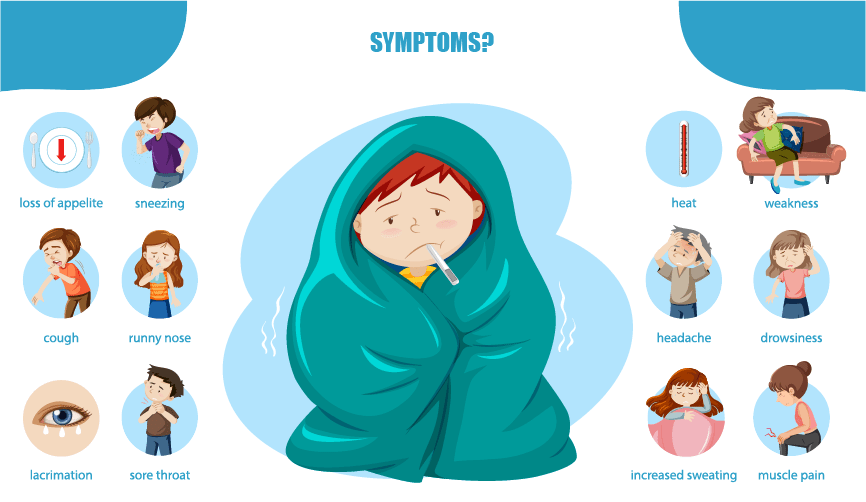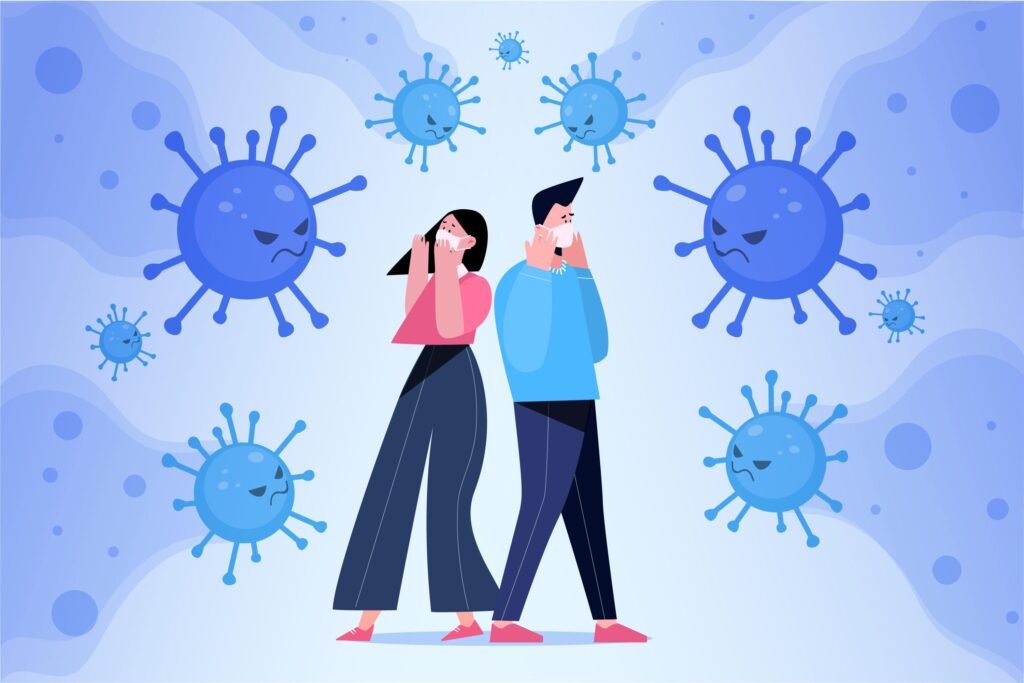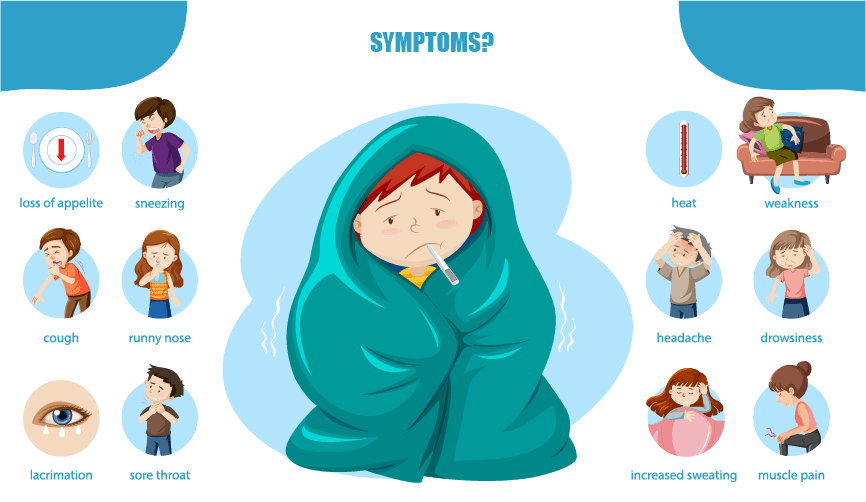Obesity is usually a medical condition or sometimes considered as a disease. It is characterized by excess body fat that negatively affects health. Obesity is growing health problems in many parts of the world and is most common amongst adults and children.
It is estimated that over 2 billion adults and children worldwide are overweight or obese. Some Obesity causes and treatments are mentioned here.

Classification:
The medical organization tends to classify people as obese based on Body Mass Index (BMI) – a ratio of a person’s weight in kilograms to the square of their height in meters. The World Health Organization (WHO) defines, ”overweight” as a BMI of 25 or higher, and “obese” as a BMI of 30 or higher for adults.
Obesity is typically classified based on BMI, as given below in the chart.
| Category[23] | BMI (kg/m2) |
| Underweight | < 18.5 |
| Normal weight | 18.5 – 24.9 |
| Overweight | 25.0 – 29.9 |
| Obese (class I) | 30.0 – 34.9 |
| Obese (class II) | 35.0 – 39.9 |
| Obese (class III) | ≥ 40.0 |
Obesity: Causes
One of the primary causes of obesity is an imbalance between food energy intake and expenditure of physical activity. When we consume more calories than we burn through physical activity, our body stores the excess energy as fat. Over time, this can lead to an increase in body weight and body fat, which ultimately lead to obesity.
Moreover, obesity is caused by a combination of genetic, environmental, and lifestyle factors. Here are briefly described below:
1. Genetics: Obesity can be caused due to the inheritance of genes from parents to children, as such genes increase the risk of obesity.
2. Environmental factors: The modern environment, including fast foods, has contributed to the rise in obesity rates. The excess availability of cheap high-calorie and processed foods, as well as lack of physical activity, have led to an increase in the number of people who are overweight or obese.
3. Lifestyle factors: Unhealthy eating habits, such as consuming high-fat and high-sugary foods and lack of physical activity can lead to weight gain and obesity.
Consequences of obesity (Risk Factors):
Obesity is a major public health concern as it increases a person’s risk of developing various metabolic diseases, high blood pressure, cardiovascular disease, osteoarthritis disease, Alzheimer’s disease, depression, etc. And certain types of cancer.

[Mortality]
Depending on the degree of obesity and the presence of comorbid disorders, Higher BMI is a marker of risk for obesity, It is one of the leading causes of death worldwide.
The World Health Organization (WHO) has reported that obesity causes 2.8 million deaths approximately annually, and on average obesity also reduces life expectancy by six to seven years, and severe obesity (BMI> 40kg/m2) reduces life expectancy by ten years.
Prevention and Treatment:
Prevention is always better than cure, it has been always easier than treating it. Here are some ways to prevent obesity described below:
- Healthy Eating Habits: Eating a healthy and balanced diet is essential for maintaining a healthy weight. A diet rich in fruits, vegetables, whole grains, lean protein, and low-fat dairy products can help prevent obesity.
- Physical Activity: Regular physical activity is important for maintaining a healthy weight WHO recommends at least 150 minutes of moderate-intensity aerobic activity per week for adults.
- Avoiding Sugary Drinks: Sugary drinks like soda, and energy drinks, are high in calories and sugar, and contribute to weight gain.
The main treatment for obesity consists of weight loss via lifestyle interventions, including prescribed diets and physical exercises. Although it is unclear what diet might support long-term weight loss, and although the effectiveness of low-calorie diets is debated, lifestyle changes that reduce calorie consumption or increase physical exercise over the long term also tend to produce some sustained weight loss, despite slow weight regains over time.
Several hypo-caloric diets are effective as well as low carbohydrate diets appear better than low-fat diets for weight loss.
Whereas, several medications also helpful in treating obesity are described below in the following lines:
1. Medications: There are several medications available that can help treat obesity. These medications work by reducing appetite or blocking the absorption of fat in the body.
2. Surgery: The most effective obesity treatment is Bariatric surgery. The types of procedures include laparoscopic adjustable gastric banding, Roux-en-Y gastric bypass, vertical-sleeve gastrectomy, and Biliopancreatic diversion. It works by reducing the size of the stomach, which helps reduce food intake.
Conclusion:
Obesity is a serious health concern that can lead to several chronic diseases. However, it is preventable and treatable. By following a healthy and balanced diet, getting regular physical exercise, and making lifestyle changes, you can prevent or treat obesity.
Images: Freepik



